■ On Jan. 14, 2021, 13 members of the WHO-convened SARS-CoV-2 Origins-tracing Study team arrived in Wuhan by plane via Singapore and began their 14-day medical observation. They were Dr. Peter Ben Embarek, Prof. Thea K Fischer, Dr. Dominic Dwyer, Prof. Marion Koopmans, Dr. Peter Daszak, Dr. Vladimir Dedkov, Dr. Ken Maeda, Dr. Hung Nguyen-Viet, Dr. Keith Hamilton, Dr. Pat Drury, Ms. Li Jian, Ms. Lisa Scheuermann and Mr. David FitzSimons. Dr. John Watson arrived in Wuhan on Jan. 31 after entering China via Xiamen and receiving medical observation there. Dr. Farag Elmoubasher, Dr. Fabian Leendertz and Dr. David Hayman did not come to China and joined the study via video link.
■ From Jan. 15 to 27, WHO experts, then still in medical observation in designated places, conducted exchanges on academic topics via video link with Chinese experts:
an overview of the development of the integrated database developed by the China National Center for Bioinformation;
the transmission of SARS-CoV-2 among mink in the Netherlands and steps taken to control outbreaks;
pathogen identification of COVID-19;
collection and testing of animal and environmental samples in the Huanan Seafood Wholesale Market (hereinafter referred to as the Huanan market);
types and sources of animal products in the Huanan market;
COVID-19 pandemic traceability and the transmission of SARS-CoV-2 via cold chain;
progress in tracing and monitoring of SARS-CoV-2 in livestock;
the investigation into the outbreak of SARS-CoV-2 in Xinfadi market, Beijing in May-June 2020;
an overview of geographical hotspots for potential emergence of zoonotic viral diseases (in particular coronavirus-related diseases);
laboratory detection methods for SARS-CoV-2 in animal samples;
the performance of the SARS-CoV-2 in laboratory;
surveillance of SARS-CoV-2 in wild animals;
the infection risk in cats, dogs and pigs to SARS-CoV-2;
the research work of the Wuhan Institute of Virology.
The joint team agreed on work plans, the outline of the joint report, and a plan of site visits.
■ On Jan. 28, international experts concluded their medical observation in designated places and began site visits. The following each day saw the joint team, after making site visits, hold group meetings or a plenary meeting to discuss existing scientific evidence and data analysis methods, and jointly interpret data including epidemiological data on early cases, genomic data, and animal and environmental testing data. They also worked in groups to analyze data and to draft the joint report. Meetings often went on late into the night, with some group discussions even lasting until the wee hours the next day.
■ On Jan. 29, the joint team visited Xinhua Hospital (Hubei Hospital of Integrated Traditional Chinese and Western Medicine) to learn about the diagnosis of the first patient of pneumonia of unknown etiology (PUE) by Dr. Zhang Jixian, the case's follow-up treatment at the hospital, and the treatment of COVID-19 patients by the hospital during the outbreak. The case with the earliest onset date reported to the National Notifiable Infectious Disease Reporting System (NNIDRS) -- who became ill on Dec. 8, 2019 -- was invited to have a face-to-face interview with the international joint team.
Interview with the patient who had recovered from COVID-19:
Through questions about the patient's personal information and family, the WHO expert team learned that the interviewee works in a family business as an accountant. The interview found no evidence of high-risk exposure (including exposure to wild animals, mass gatherings, contacts with medical institutions, contacts with symptomatic individuals, and travel). The interviewee mentioned a relative who works in the healthcare system and another relative who had visited a local market, but no infections were reported at these places. The interviewee commutes by public transportation with no history of travel outside Wuhan.
■ On Jan. 30, the joint team visited the Jinyintan Hospital for Infectious Diseases in Wuhan. The joint team also paid a visit to a COVID-19 exhibition at its request. The team talked with former president of the hospital Zhang Dingyu and others, and learned about the hospital's admission and treatment of the first batch of patients with PUE, treatment of severe COVID-19 cases with the assistance of medical workers sent from across the country, and day-to-day scientific research management, particularly COVID-19 research carried out at the hospital.
■ On Jan. 31, the joint team visited the Baishazhou Wholesale Market and the then-closed Huanan market. After talking with merchants, managers, and regulators of the two markets, as well as residents in the neighborhoods, experts of the team gained more information about the two markets, especially the Huanan market, including their layout, products for sale, and management, hygiene management in particular.
Focusing on the Huanan market
Although the Huanan market was closed on Jan. 1, 2020 and subsequently disinfected, it remains shuttered and closed to the public. In the market's area most linked to COVID-19, its west section, the team visited various stalls, the ventilation system which had been shut off, and warehouses that had been closed since the prohibition of live poultry markets in China.
Meeting with people related to the Huanan market
The joint team had a face-to-face meeting with the Huanan market staff and customers, and talked with two vendors of the market who sold frozen beef and frozen seafood, two suppliers of frozen products, market regulators and the market manager, as well as two residents in the neighborhood.
The manager informed the joint team that the market was cleaned twice a day, morning and evening. Pests and rats were sought out and killed before holes were closed. Rigorous cleaning was done once or twice a week. Even though there were rooms above some stalls, vendors were not allowed to live in the market. The rooms were only for storage.
The international team was informed that the market was not a purely wholesale market and that many ordinary people also bought their food there.
The WHO team was told by a representative from Hubei CDC that around 10,000 people visited the market per day.
Two neighborhood residents had responded to a community invitation to participate in this meeting. They had been shopping regularly in the market for 20 and 30 years. They provided very similar details: Nothing was unusual or worth noticing and all vendors had business certificates and inspection certificates displayed at their stalls; they had never witnessed any live animals being sold; the market was kept clean and tidy; they had not noticed any stray cats or dogs; there had been no confirmed COVID-19 cases in their residential blocks.
■ On Feb. 1, the joint team visited Hubei CDC and Wuhan CDC and their laboratories, where officials from China CDC and Jianghan District CDC of Wuhan were also present. The team was provided with information on the operation of the CDC system in China, the management of laboratories, and the work of CDCs at different levels during the epidemic, particularly in the early stage of the epidemic, including epidemiological investigation, sample collection and testing, virus culture, genome sequencing and sharing the results with the world, as well as retrospective testing of samples collected by the infectious disease surveillance system.
Guan Xuhua, head of the Institute of Infectious Diseases, Hubei CDC, briefed the team on the analysis of early cases and the testing of environmental samples collected at the Huanan market. Based on the information, Guan concluded that it is likely the virus was transmitted into the Huanan market via individuals or animals. It is more likely from individuals in view of the sporadic cases prior to Dec. 10, 2019 having no exposure to the Huanan market.
The experts were provided with information on the infection among staff members of CDCs at different levels. All laboratory staff of Hubei CDC had been tested for SARS-CoV-2-specific antibodies: all had negative IgM and IgG results. One staff member of Wuhan CDC was confirmed SARS-CoV-2 seropositive after infection due to family cluster transmission. All other staff members had tested negative. A health check was mandatory for all BSL-2 laboratory workers, but no serum was preserved. All PCR tests for SARS-CoV-2 of all laboratory workers of Jianghan CDC in June 2020 were negative.
The joint team also interviewed media journalists, who informed the team of their activities. They went to the Huanan market on Dec. 31, 2019 before it was closed and had footage of the market, which could be provided to the WHO team. They did not see or hear anything about the disease or virus on social media prior to the report by the government.
■ On Feb. 2, the joint team visited the Hubei Animal CDC to learn about China's prevention and control system for animal-related diseases, the overall operation of the center, the retrospective inspection of animal surveillance samples and laws and regulations on animal trade and wild animal protection. (To be continued)









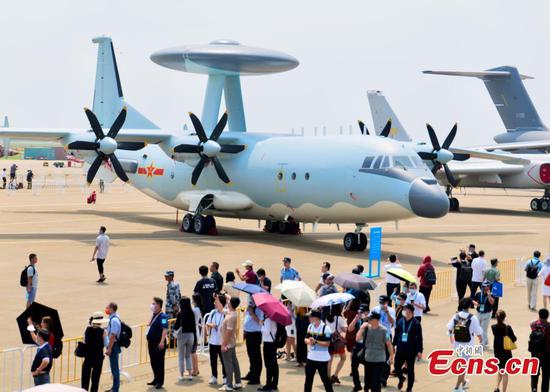


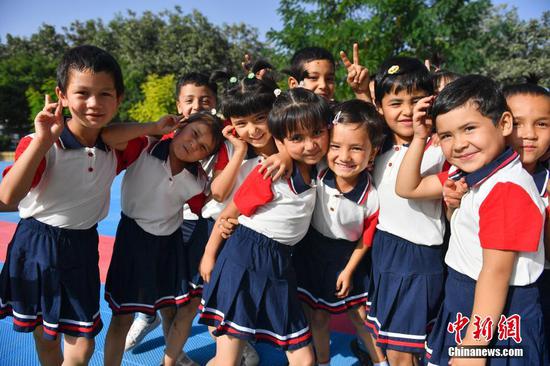

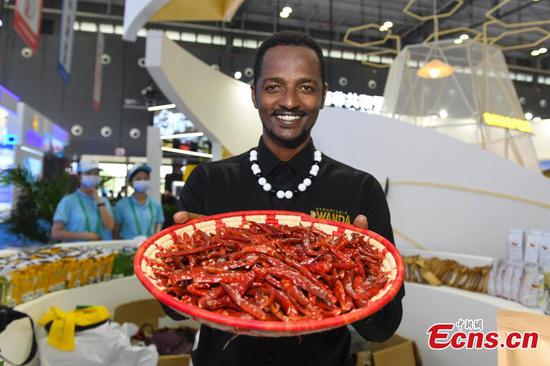
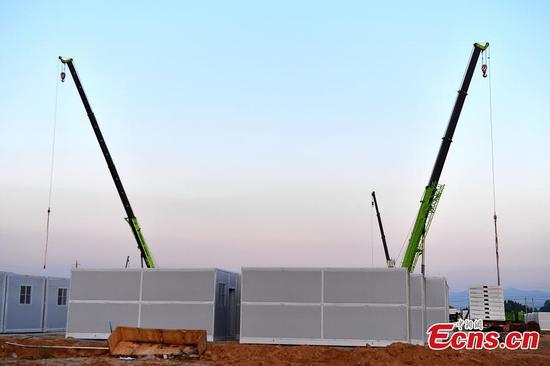
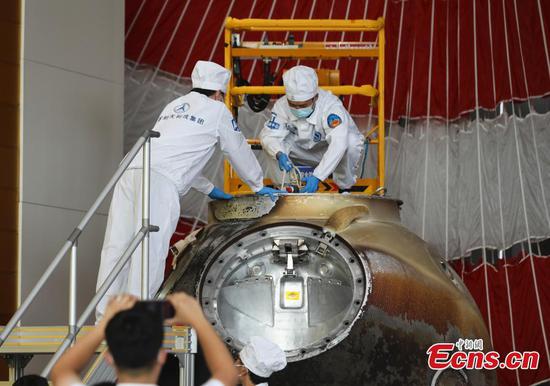

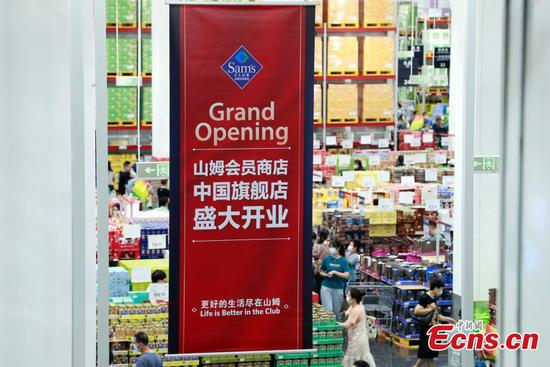


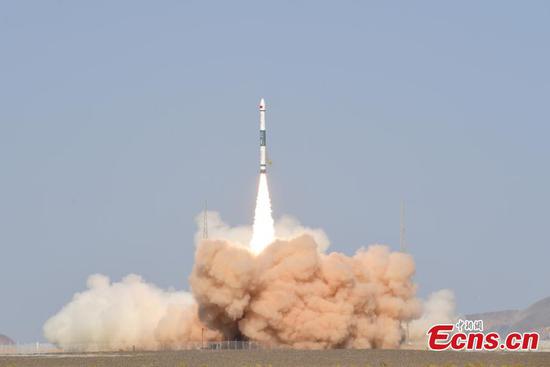


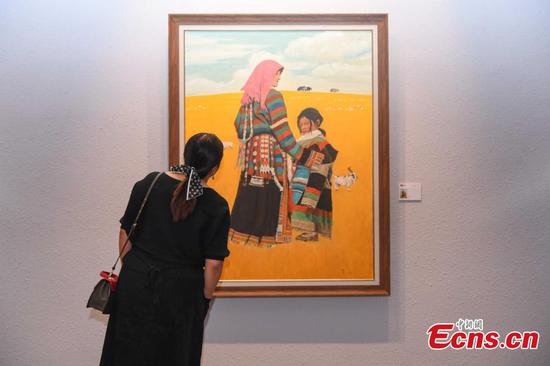

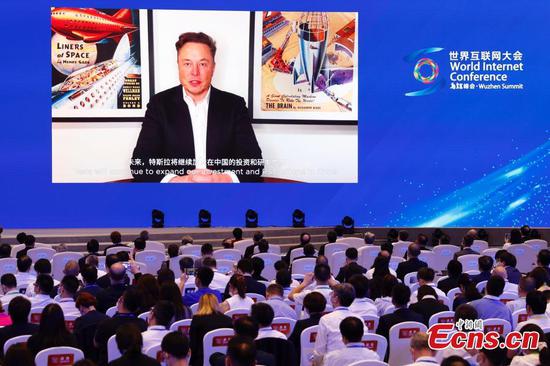





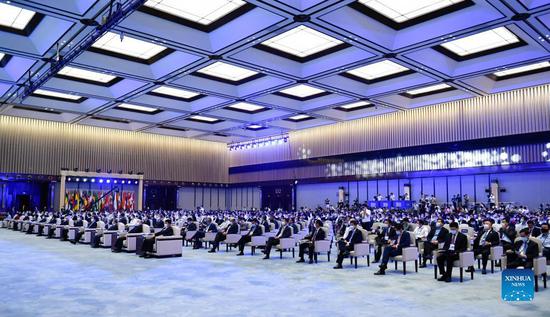

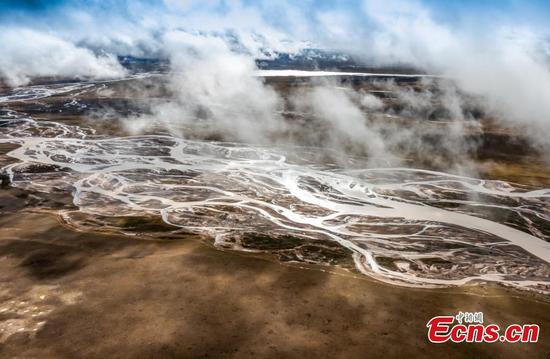
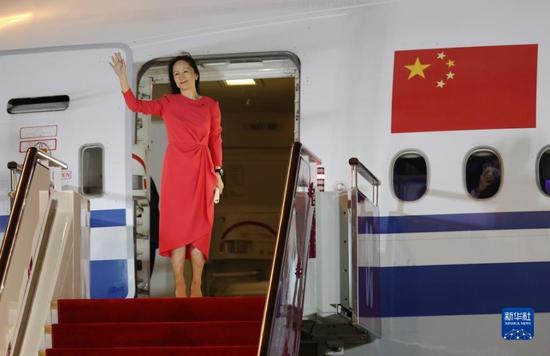

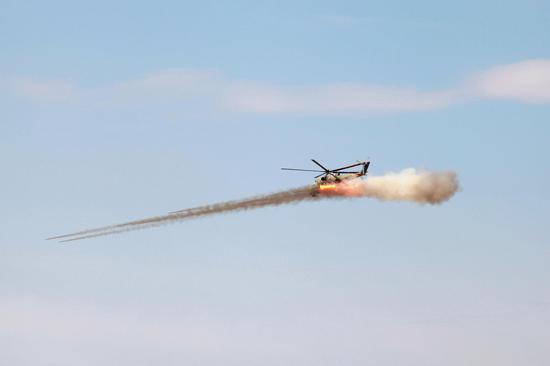
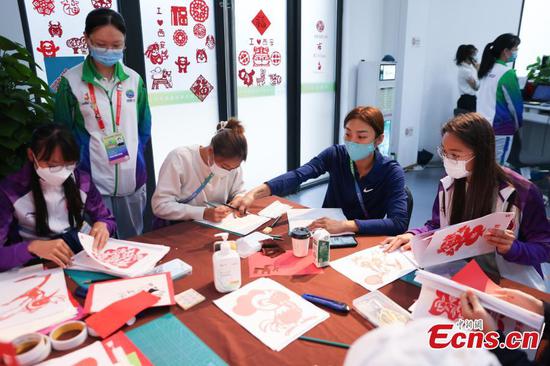







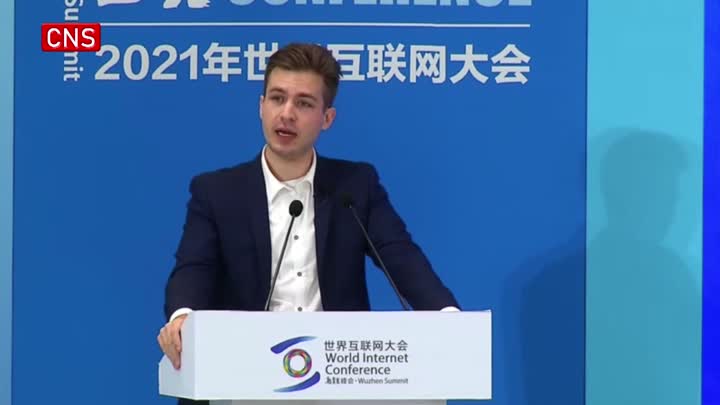



 京公网安备 11010202009201号
京公网安备 11010202009201号